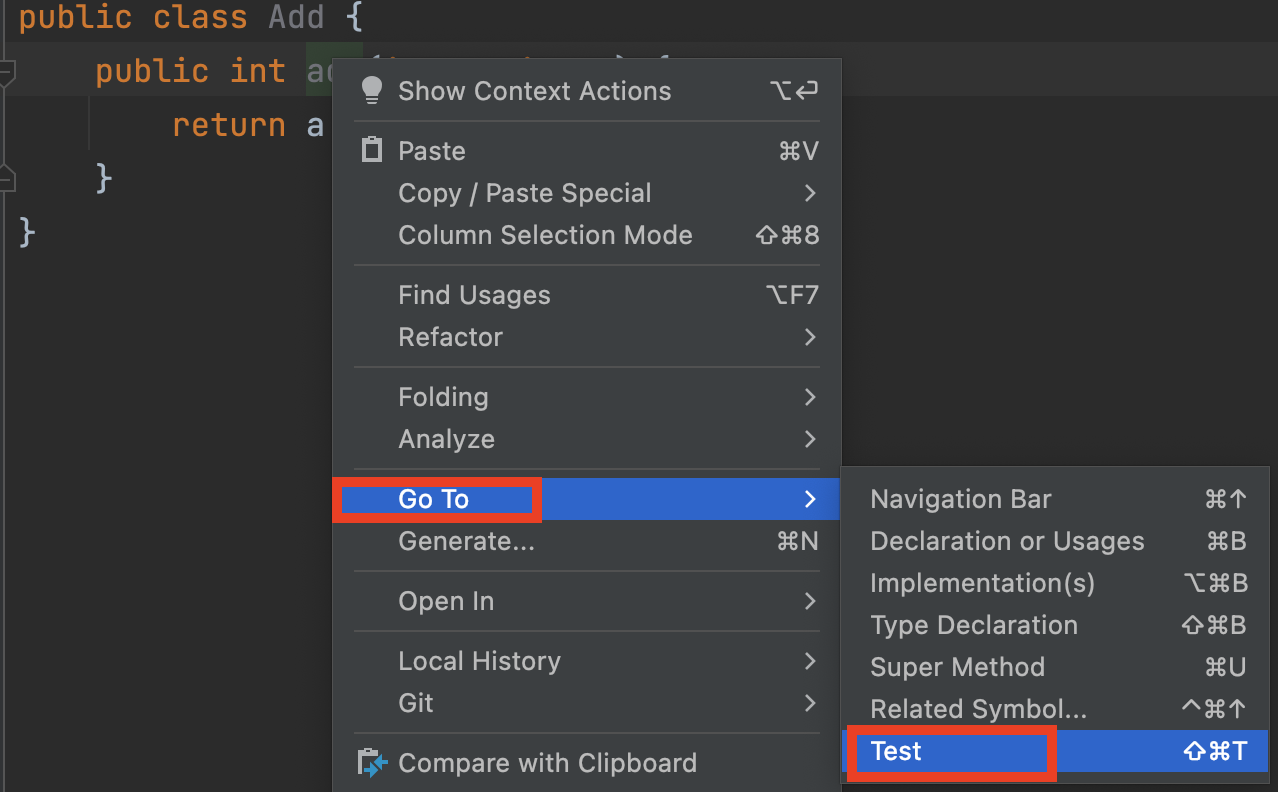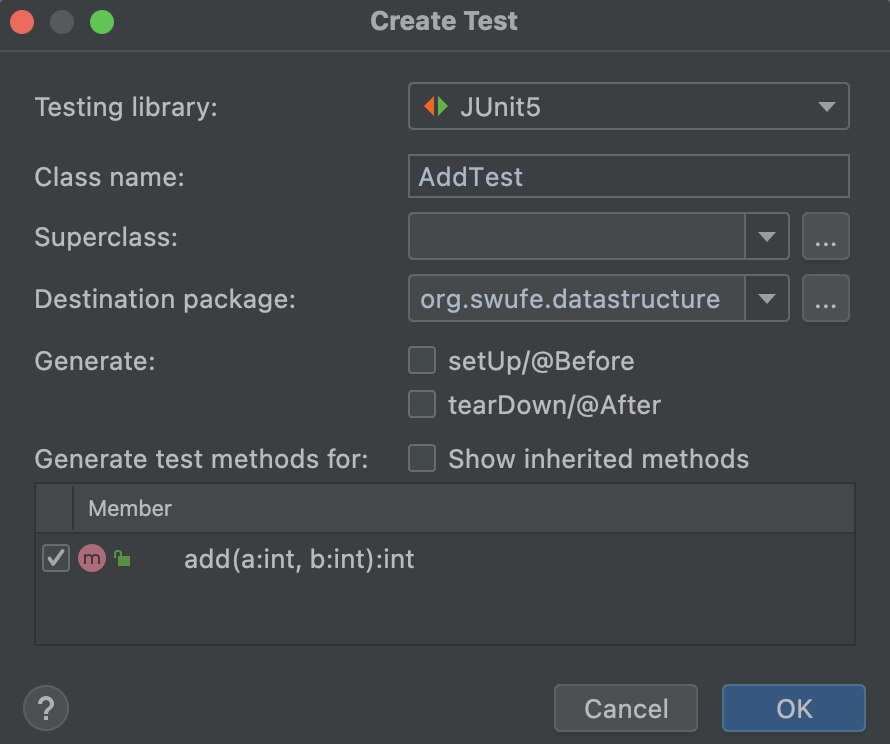Test Driven Development
Correctness in our programs is the extent to which our code does what we intend it to do. So, how can we guarantee that our code is correct?
Let's consider that Fibonacci sequence program again. Most beginners would adopt the traditional print-check method manually.
print(fibonacci(0)) # expect: 0
print(fibonacci(1)) # expect: 1
print(fibonacci(2)) # expect: 1
print(fibonacci(3)) # expect: 2
print(fibonacci(4)) # expect: 3
print(fibonacci(5)) # expect: 5
...
But this method is somewhat inefficient, let alone being automatic. In this section, I will introduce a better approach.
Assert
An assertion allows testing the correctness of any assumptions that have been made in the program, and once an assert fails, the program will crash. So, assertions can be used for testing. See more at Assertions in Java and Python's assert.
Java
Fibonacci f = new Fibonacci();
assert f.fibonacci(5) == 5;
And you can even provide additional message for an assertion:
assert f.fibonacci(5) == 5 : "Error when n is 5";
Note that you need to add -ea option to enable assertions. In Intellij IDEA, it can be set in Run > Edit Configurations... > Configuration > VM options.
Python
assert fibonacci(5) == 5
And you can even provide additional message for an assertion:
assert fibonacci(5) == 5, 'Error when n is 5'
Unit tests
Testing is a complex skill: we can’t cover every detail about how to write good tests.
For modern software engineering, the test driven development (TDD) is widely adopted, and unit tests serve as an essential component in TDD. To put it simply, the key points of TDD include:
- Write tests before real implementations. It may sound ridiculous, but it is feasible as long as you can determine the input and expected output of a program. As for the Fibonacci sequence, we can expect that
fibonacci(5)equals 5 before implementing the code. - Write tests for every public API. Here the every implies unit; in other words, we shall make sure every API works as we expect.
- Isolate tests from core code. The naive assertions1 are often messed with the core code, but unit tests are placed separately. This feature is very productive for teamwork, as developers and testers are able to cooperate with each other smoothly.
Due to the importance of unit tests, I will use unit tests when designing data structures throughout this book from now on.
Java
There are several awesome unit testing frameworks for Java, and the most popular one is JUnit 5. In order to integrate this third library in our project, we are going to use gradle as the build system to facilitate our work. Please refer to Appendix for more information.
In Add.java, we have provided a simple method for two numbers' addition:
public class Add {
public int add(int a, int b) {
return a + b;
}
}
Now let's create a unit test for add(). Please move the cursor onto add(), and then right-click Go to | Test | Create New Test.

Check the add() method:

It will create an AddTest.java under the test folder for yor:
@Test
void add() {
Add a = new Add();
assertEquals(a.add(1, 2), 3);
}
We can add as many test cases as we like:
@Test
void addTwoNegatives() {
Add a = new Add();
assertEquals(a.add(-2, -2), -4);
}
A test case can be either passed or failed. If all test cases are passed, we can somewhat ensure that this program works as we expected2. Otherwise, it indicates that there are some bugs in our code, and we should fix them before moving on. The comprehensive usage of JUnit 5 is out of the scope of this book, readers can refer to A Guide to JUnit 5 for a quick start.
By the way, all assertions are enabled when executing the unit tests.
Python
Luckily, the unittest module is built with Python, so we do not have to rely on any third-party library3.
As for add.py, we can also follow the steps: move the cursor onto add(), and then right-click Go to | Test | Create New Test. Finally, it will create test_add.py for us, and we can add as many test cases as we like:
from unittest import TestCase
import unittest
from add import add
class Test(TestCase):
def test_add(self):
self.assertEqual(add(2, 1), 3)
def test_add_negatives(self):
self.assertEqual(add(-2, -2), -4)
if __name__ == '__main__':
unittest.main()
1 Part of the reason stems from the fact that assertions have multiple applications. In addition to tests, assertions also can be used to debug code.
2 Edsger W. Dijkstra said that “Program testing can be a very effective way to show the presence of bugs, but it is hopelessly inadequate for showing their absence.” That doesn’t mean we shouldn’t try to test as much as we can!
3 A third-party test library, called pytest, is more powerful than the unittest module in the standard library.